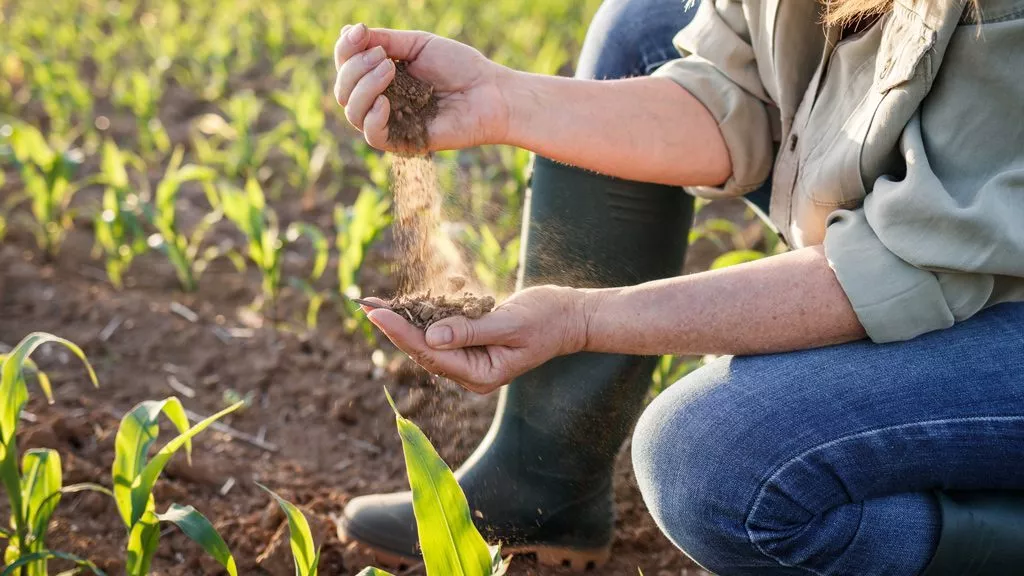Soil and its different roles
Soil acts as an interface for the transfer of rainwater or irrigation water, which either runs off the surface or infiltrates deep within. Soil regulates the flow of water between the atmosphere, groundwater and other sources of water.
Soil also acts as a water reservoir, with three different types of water present in soil:
- Gravitational water, which temporarily occupies the soil’s macropores. It is only available to plants for a few days after rainfall, before draining down into the water table;
- Hygroscopic water, which is not readily available because it is held tightly around the finest soil particles or capillaries;
- Capillary water, which is the most available form of water. This water is most available to plants when soil moisture is between the thresholds of ‘Field Capacity’ and ‘Wilting Point’. However, due to evapotranspiration and absorption by plant roots, plant available water is gradually depleted. As a result, if the soil does not receive more water, it dries out and eventually reaches ‘Permanent Wilting Point’: this is when plants experience water stress.
Best practices for maintaining soil water content
Water supply is of prime importance to crops, so we need to optimize the soil’s capacity to retain water (much like a sponge) and ensure that it is available to the roots of each plant. This involves increasing the amount of organic matter, which helps to improve soil porosity and resistance to compaction, as well as limiting erosion. We need to be vigilant about soil compaction, which impacts available water content by reducing the level of water storage possible and the crops’ rooting capacity.
According to the farm’s technical and economic context, a number of best practices can be implemented to meet these objectives:
- Limit organic matter export via residue management, plant cover, etc., and add organic matter to the soil where possible;
- Ensure soil cover between crops;
- For tillage, use simplified cultivation techniques and avoid plowing;
- Pay careful attention to field intervention conditions: wait for plots to drain before starting work, choose a tractor with suitable tires and check tire pressure, attach and adjust plows and other implements correctly.
These best practices will encourage subterranean life, allowing organic matter decomposers to do their work, thus ensuring stable, porous soil. Earthworms, considered the soil’s natural ‘plows’ are among these decomposers, as are bacteria and fungi. Mycorrhizas – fungal associations between plant roots and beneficial fungi – facilitate the absorption of water and nutrients.
Solutions also exist for application on crops. These solutions are based on substances naturally present in plants, enabling them to better manage their water resources and thus reduce the impact of water stress. This is how BEST-a, EliSun-a and EliGrain-a, based on phytosterols, have been specifically formulated to adapt plant physiology to enable corn, sunflower and spring barley crops to better withstand periods of water shortage. By applying these solutions, the plant consumes 10% to 20% less water, thus preserving the soil’s available water content for longer. As a result, soil and plants are less affected by periods of water shortage, and yields are preserved.





